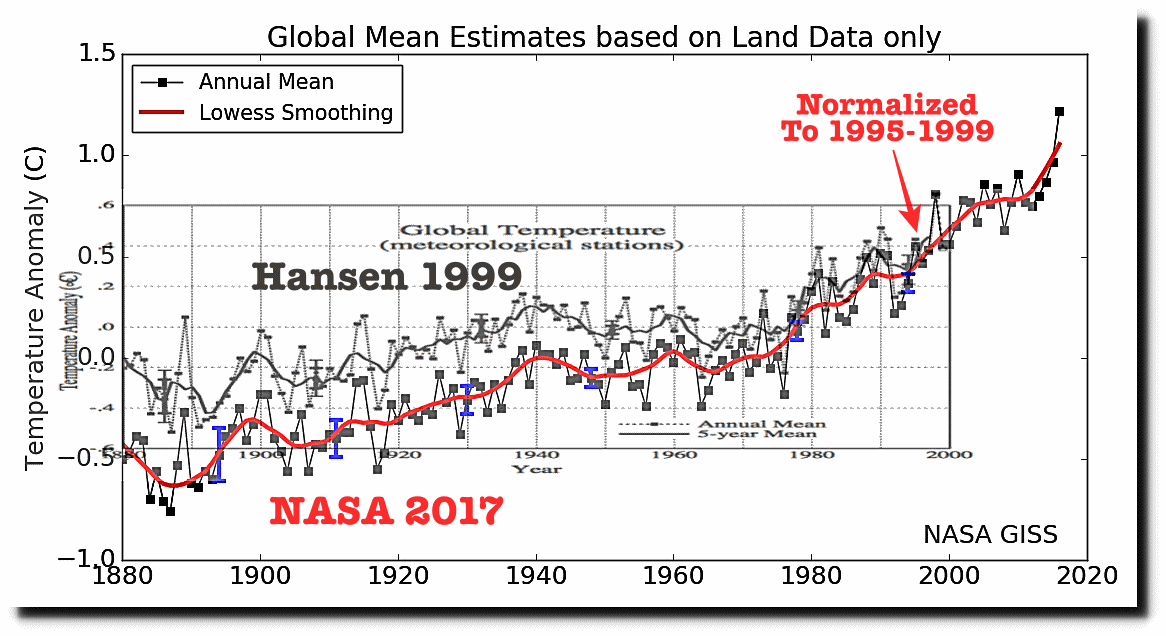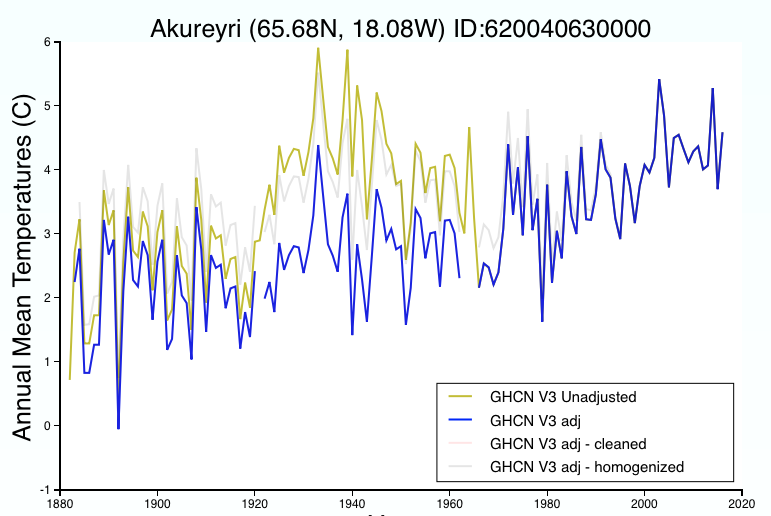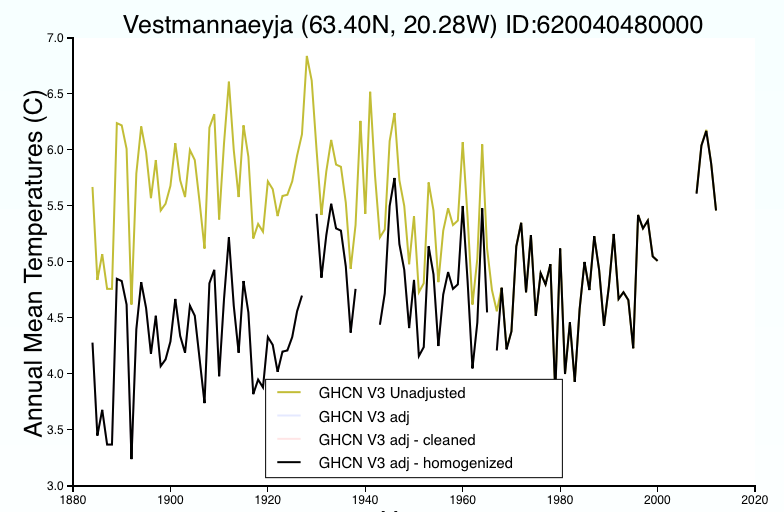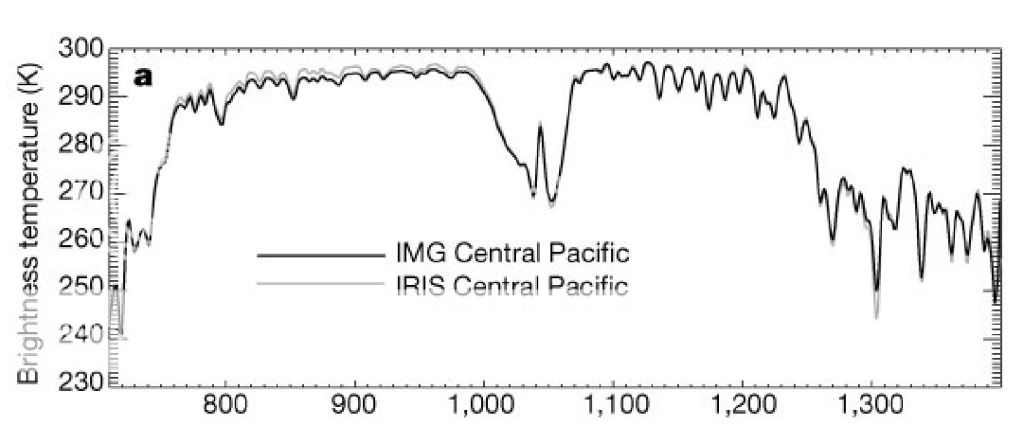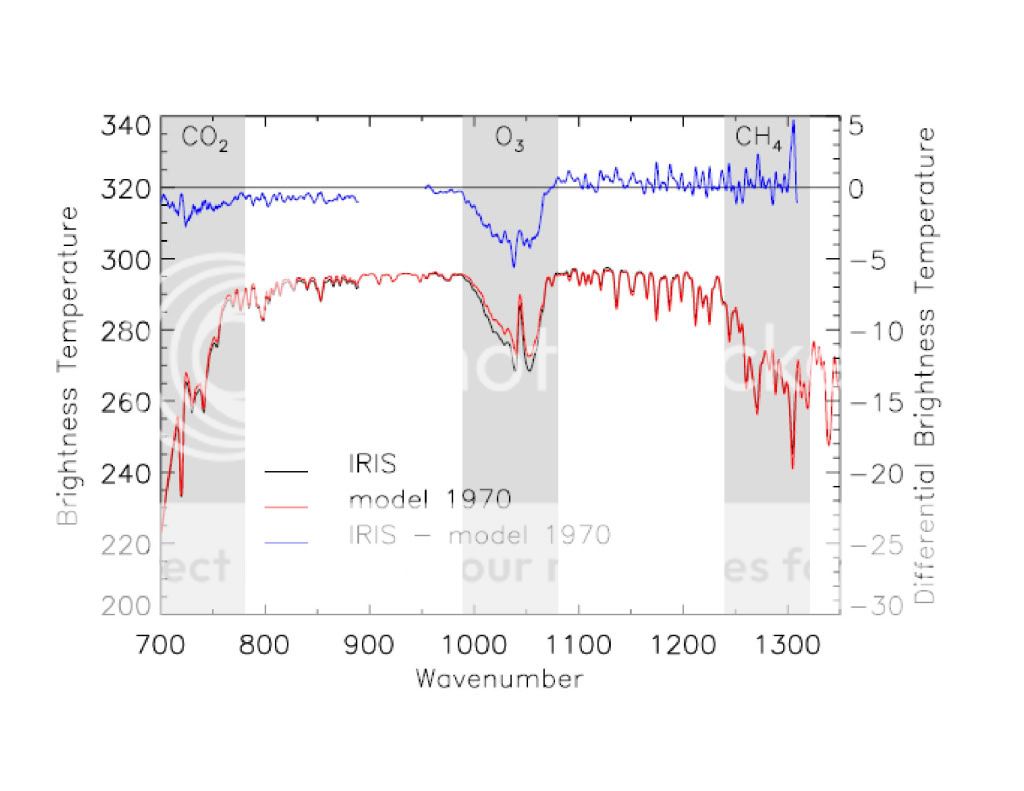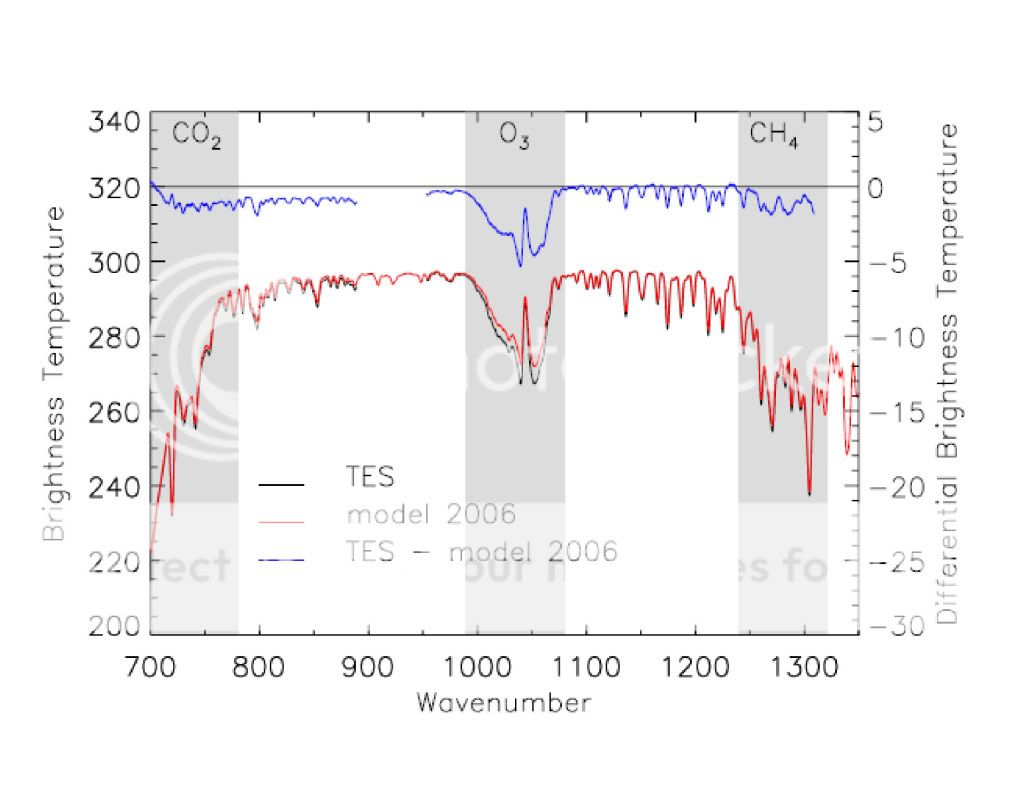There are tons of papers on the subject. Going from sea level measurements. To ice core data. To simple temperature measurements.
No doubt...there are tons of papers on the subject...what there isn't is anything like actual data to support the claims. Ice core data shows pretty clearly that the present is considerably cooler than it has been for most of the past 10,000 years. That hardly makes your case.
Inferred? Guessed. So you have a paper that is nearly 20 years old and which didn't warrant any further study...there is nothing there but some wild assed guesses...
If AGW theory were correct and increasing atmospheric CO2 caused warming, it would happen because the increased CO2 would capture more long wave radiation in the 2.7, 4.3, and 15 micrometer wavelengths. That means that if one took a snapshot of the outgoing long wave radiation in say 1970 and another snapshot of the outgoing long wave radiation at a later date when more atmospheric CO2 were present, less outgoing long wave radiation in the 2.7, 4.3, and 15 micrometer wavelenghts would prove the basis of AGW theory. An equal or greater amount of outgoing longwave radiation in those wavelengths would disprove the basis for AGW theory as it would indicate that even though more atmospheric CO2 were present, no more long wave radiation was being absorbed by that increased CO2. Well, guess what?
Here is an overlay of snapshots of outgoing long wave radiation taken in 1970 by the sattellite IRIS and in 1997 by the sattellite IMG in 1997. Both snapshots were taken over the central pacific at the same time of the year and under the same conditions.
The X axis of the graph indicates wavelengths. The wavelengths that CO2 absorbs, remember are 2.7, 4.3, and 15 micrometers. All found on the far left side of the graph. The light colored line is the IRIS data collected in 1970 and the darker line is the IMG data from 1997. If AGW theory were correct, the IMG data from 1997 should show less outgoing longwave radiation than the IRIS data from 1970 as there is certainly more CO2 in the atmosphere in 1997 than there was in 1970. As you can see, the longwave radiation from the two separate snapshots is identical indicating no additional absorption of outgoing longwave radiation in the CO2 wavelengths even though there is more CO2 in the atmosphere.
The next two images were taken by IRIS in 1970 and TES in 2006 respectively. In these graphs, the black line represents the actual measurement taken by the sattellite, the red line represents what the climate models predict and the blue line represents the difference between the model data and the actual data.
Feel free to print out the two graphs and overlay them. You will find that the black lines (actual measured data) are identical indicating this time, that there is no difference between outgoing longwave radiation in the CO2 absorption spectrum between 1970 and 2006. Again, if AGW theory were correct, then the outgoing longwave radiation should be less as the blue lines on the graphs indicate. As you can see, this is not the case. There has been no increase in the absorption of outgoing longwave radiation in the CO2 spectrum between 1970 and 2006 in spite of the presence of more atmospheric CO2.
Natural variations don't account for the rapidity of the changes. Natural variations can be traced.{/quote]
What do we know about natural variation in radiation at the TOA prior to satellites? What proxy are you using which would give you enough time to say that we really know anything about the natural variations in outgoing LW in any particular wavelength over a respectable period of time...and 50 years is hardly a respectable period of time to be saying anything about natural variability.
Solar activity, volcanic activity, earth rotation around its axis. Nothing fits the current changes. Except that is one.... human activity.
Sorry guy...nothing but a wild assed assumption...and a 20 year old assumption that didn't pan out at that...
See science does measure, quantify and look for evidence. The way I see it, simply denying without providing a decent hypothesis to explain the data is faith.
At this point you haven't shown me anything at all in the way of observed, measured evidence which favors the AGW hypothesis over natural variability...you have shown me an "inferred" connection from a 20 year old study which didn't spark any further study...were it the smoking gun you seem to believe it to be, it would have sparked a great deal of study...
You will find not a SINGLE climatologist or Oceanoligist who denies climate change and you will find few if any, in any other branch of science.
I don't deny climate change either...it happens all the time..it has always happened and will always happen...what I have a problem with is the pseudoscience used to support claims that we are driving the climate.
What do you think it means that climate change denying finds no credible champions among those that actually research it?
What climate change doesn't have is any observed, measured evidence which supports the AGW hypothesis over natural variability.....like I already said..






